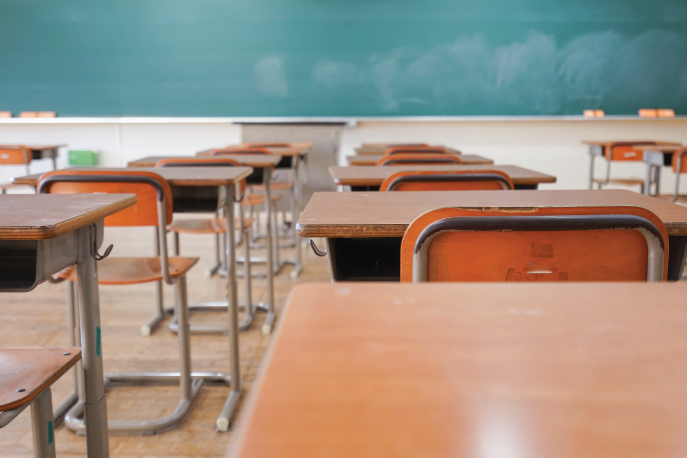A recent report from Common Sense and Boston Consulting Group (BCG) found that 50 million students in public schools have had to transition to remote learning during the pandemic – but for many of these students, participating in a virtual classroom at home is out of reach.
The report found that 15-16 million students lack the internet connections or devices necessary to engage in sustainable remote learning. Worse still, there are major disparities in access to remote learning that could exacerbate the country’s existing inequalities in education:
• The racial divide: The Common-Sense BCG report found that students of color were far more likely to have inadequate tools for remote learning. 30% of Black students lacked adequate resources, compared to 18% of white students. This dynamic is evident in local reporting: According to the Los Angeles Times, only 67% of Black and Latino middle and high school students in the city regularly participated in their schools’ online learning platforms, far lower than the 88% of white students participating.
• The geographic divide: Far more rural students lack the resources to engage in remote learning than their urban and suburban peers, according to the report. While 37% of rural students lack the necessary tools, the same is true for 21% of urban students and 25% of suburban students. According to The Wall Street Journal, a patchwork of unreliable internet providers in rural states can put students in these locations at a severe educational disadvantage.
• The housing divide: One of the most intractable obstacles to remote learning is homelessness. According to The New York Times, more than 100,000 of the city’s public school students do not have access to stable housing, making it very difficult to access the internet and their classes.
These educational inequalities are especially disheartening due to their downstream effects. Children are most often abused by someone in their own home or someone they know, and this is especially true in rural areas where there are far fewer strangers in a community. An abuser being known to a child or young adult makes it more difficult to report to family who are also acquainted to the abuser. For many students, going to school gives them an opportunity to see and interact with adults to whom they may be more comfortable reporting sexual abuse. Without the proper technological resources to make connections with those who can help, students have fewer options and experience social isolation, a significant risk factor in continued abuse.
Students who fall behind now may also struggle in the classroom for years, potentially reducing their likelihood of attending college or advancing their careers. In turn, this could further entrench economic inequalities in yet another generation of Americans. Economic inequality not only affects opportunities and career options but also safety. People classified as poor or low income, suffer higher rates of violence victimization, including sexual violence. Limited access to education is significantly altering the ability of children to have healthy and safe lives now as well as in adulthood.
What can be done? Schools and policymakers should prioritize equitable access to education and social support for students, particularly for the millions of students who currently lack the technological resources needed to engage in sustainable remote learning.
The federal government provided emergency funding earlier this year to state and local education agencies to support continued learning for K-12 students during the pandemic. However, more can be done to make sure that families receive direct resources for proper Wi-Fi, laptops, and other technology equipment to enable their children to access virtual classrooms.
We encourage you to contact your Senator and Representative and urge them to pass a COVID-19 relief package that includes additional funding that will provide technology for students during the pandemic and help close this severe educational inequality.

